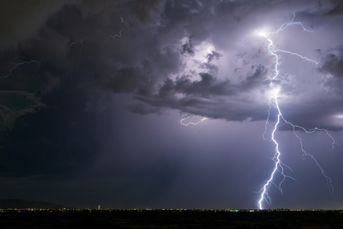Surge in January payrolls, wages dampens hopes for March rate cut

Nonfarm payrolls surged 353,000 in January, and average hourly earnings jumped 0.6%.
US employers added the most workers in a year last month while wages jumped, in a surprise reacceleration in the labor market that will likely delay any Federal Reserve interest-rate cuts.
Nonfarm payrolls surged 353,000 in January following upward revisions to the prior two months, a Bureau of Labor Statistics report showed Friday. The unemployment rate held at 3.7%. Wages accelerated from a month earlier, increasing by the most since March 2022.
| Metric | Actual | Estimate |
| Change in payrolls (MoM) | +353,000 | +185,000 |
| Unemployment rate | 3.7% | 3.8% |
| Average hourly earnings (MoM) | +0.6% | +0.3% |
Treasury yields surged and S&P 500 index futures pared gains while the dollar rose sharply. Swap contracts tied to Fed meeting dates further reduced the possibility of the central bank cutting rates as soon as March. Traders also trimmed the total cuts they see for all of 2024.
The blockbuster report highlights a labor market that’s been instrumental in powering consumer spending and keeping the economy on its expansion path. The data raise questions about the gradual downshift in the pace of hiring that had tempered wage growth and helped bring inflation down.
While Fed officials are hoping employment growth will remain strong enough to keep the economic expansion intact, they would like see more moderate pay gains as they await confirmation that inflation will keep slowing to their 2% target.
“We’re not looking for a weaker labor market,” Fed Chair Jerome Powell told reporters Wednesday after the central bank left interest rates unchanged at the highest level in two decades. “We’re looking for inflation to continue to come down as it has been coming down for the last six months.”
Fed officials are also paying close attention to how labor supply and demand dynamics are impacting wage gains. Average hourly earnings increased 0.6% from December and 4.5% from a year ago.
That figure was likely boosted by a decline in hours worked. The survey week for the January jobs report corresponded with a stretch of severe winter weather that roiled economic activity across a number of regions. It triggered freezing temperatures in Texas, heavy snow in the Midwest and flash flooding in the Northeast.
The number of employees who didn’t work because of bad weather was more than a half million, the most in almost three years.
Learn more about reprints and licensing for this article.








